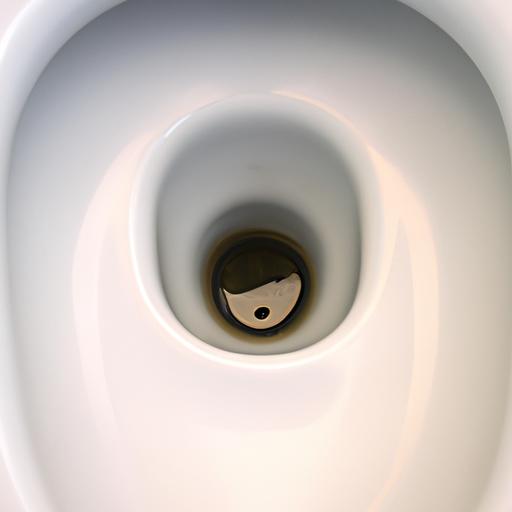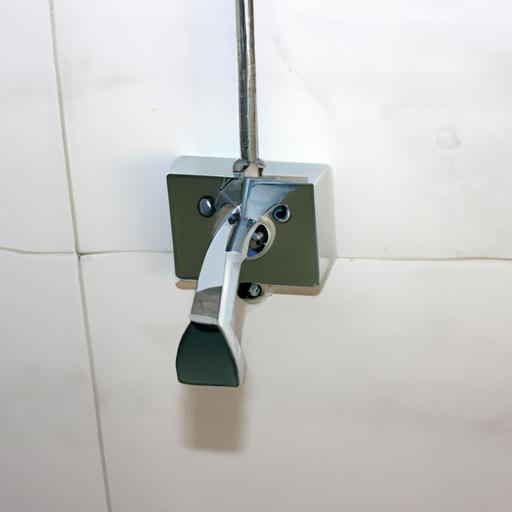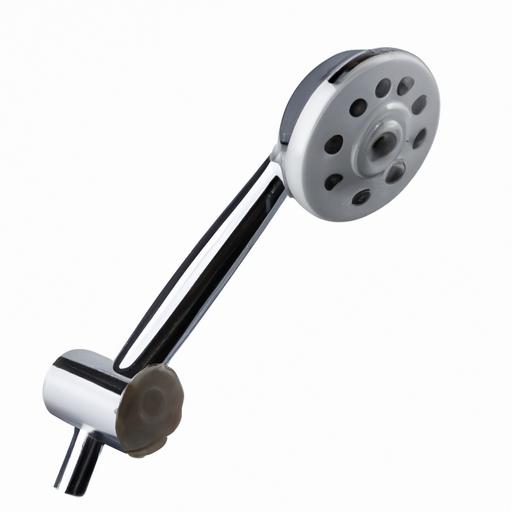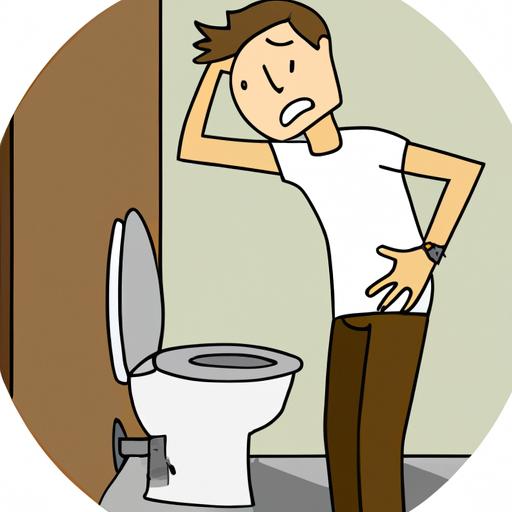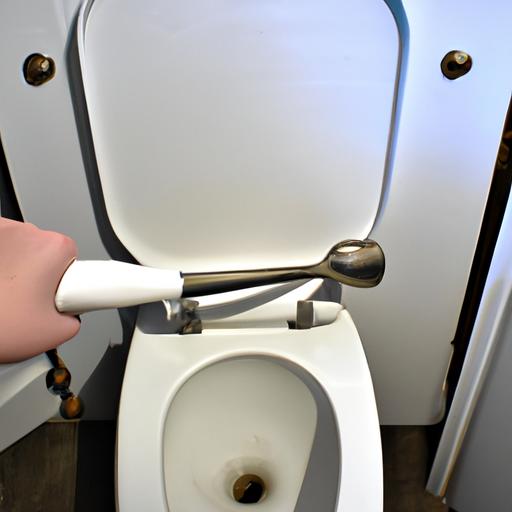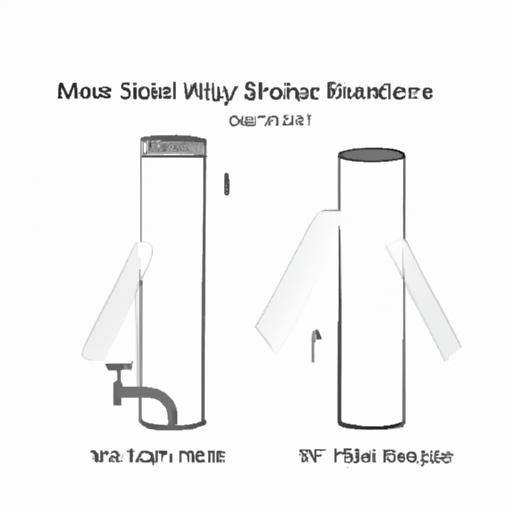Introduction to Toilet Overflow Repair and Maintenance
We’ve all experienced that heart-stopping moment when the water in the toilet bowl starts rising instead of flushing away. It’s an unpleasant and messy situation that no one wants to deal with. But fear not, because, in this article, plumbingrepairtips.com will guide you through the world of Toilet overflow repair and maintenance. By the end, you’ll be equipped with the knowledge to tackle any toilet emergency with confidence.
Importance of Proper Toilet Maintenance
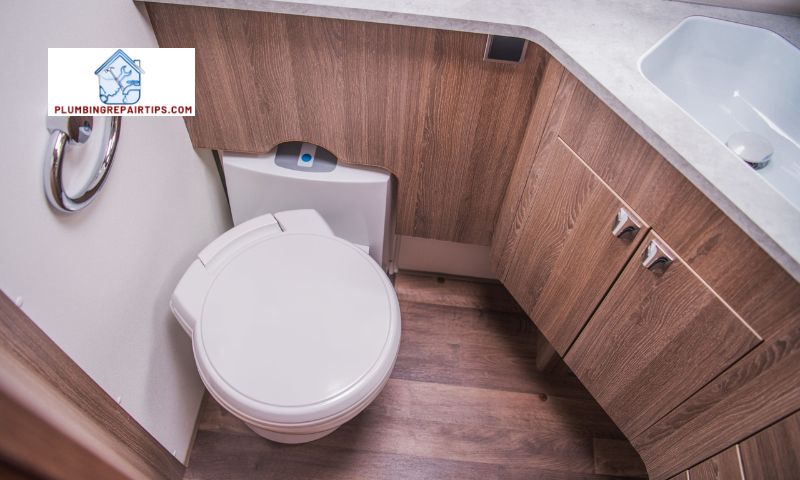
Taking care of our toilets is crucial for a hassle-free bathroom experience. Regular maintenance can help prevent costly repairs and ensure the longevity of our plumbing systems. Neglecting toilet maintenance can lead to issues like clogs, leaks, and, worst of all, toilet overflows. By incorporating simple maintenance practices into our routine, we can avoid these inconveniences altogether.
Common Causes of Toilet Overflows
Understanding the common culprits behind toilet overflows can help us take preventive measures. One of the primary causes is a clogged toilet drain. Whether it’s due to excessive toilet paper, foreign objects, or a build-up of debris, a clog can disrupt the proper flow of water and result in an overflow. Other causes may include a faulty flush valve, a malfunctioning fill valve, or a blocked sewer line.
Benefits of Timely Repairs
When it comes to toilet overflows, timely repairs can make all the difference. Ignoring the problem or delaying repairs can exacerbate the issue and lead to more extensive damage and costly repairs down the line. By addressing toilet overflow issues promptly, we can prevent water damage to our floors, walls, and ceilings, as well as potential health hazards caused by mold and bacteria growth.
Remember, prevention is key, and regular maintenance coupled with swift repairs can save us from the headaches of toilet overflows. In the following sections, we’ll delve deeper into the intricacies of toilet overflow issues, response steps, essential tools and techniques, preventive measures, and when to seek professional help. So, let’s get started on our journey towards a trouble-free bathroom experience!
Stay tuned for Section II, where we’ll explore the ins and outs of toilet overflow issues and how to identify potential problems.
Section II: Understanding Toilet Overflow Issues
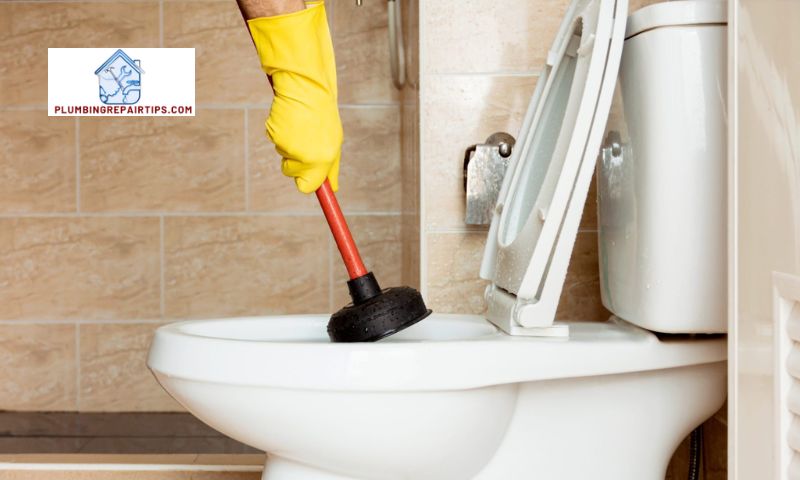
How Toilet Overflows Occur
Have you ever wondered why your toilet suddenly decides to overflow? Understanding the mechanics behind toilet overflows can help us take proactive measures to prevent them. When we flush the toilet, water rushes into the bowl and pushes waste down the drain. However, if there’s a blockage in the drainpipe or an issue with the internal components of the toilet, the water has nowhere to go but back up. This leads to the dreaded overflow.
Signs of a Potential Toilet Overflow
Toilet overflows often come unannounced, but there are certain warning signs we can look out for. If you notice the water level in the bowl rising higher than usual after flushing, it may be an early indication of a potential overflow. Additionally, slow draining or gurgling sounds when flushing the toilet can also signify an impending overflow. Paying attention to these signs can help us take prompt action and prevent a messy situation.
Potential Damages Caused by Toilet Overflows
Toilet overflows aren’t just a nuisance; they can cause significant damage to our homes if left unattended. The excess water can seep into the flooring, walls, and even the ceiling below, leading to structural damage, mold growth, and compromised electrical systems. In addition to the physical damages, toilet overflows can also pose health risks, as the contaminated water may contain bacteria and other pathogens. It’s crucial to address toilet overflow issues promptly to minimize the potential damages.
Understanding how toilet overflows occur, being aware of the warning signs, and recognizing the potential damages they can cause empowers us to take proactive measures. In the next sections, we’ll explore the immediate response steps to tackle a toilet overflow, the essential tools and techniques for repairs, preventive measures to avoid future overflows, and when it’s best to seek professional help. So, let’s dive deeper into the world of toilet overflow repair and maintenance in the upcoming sections!
Stay tuned for Section III, where we’ll discuss the necessary steps to take for immediate toilet overflow response.
Section III: Steps for Immediate Toilet Overflow Response
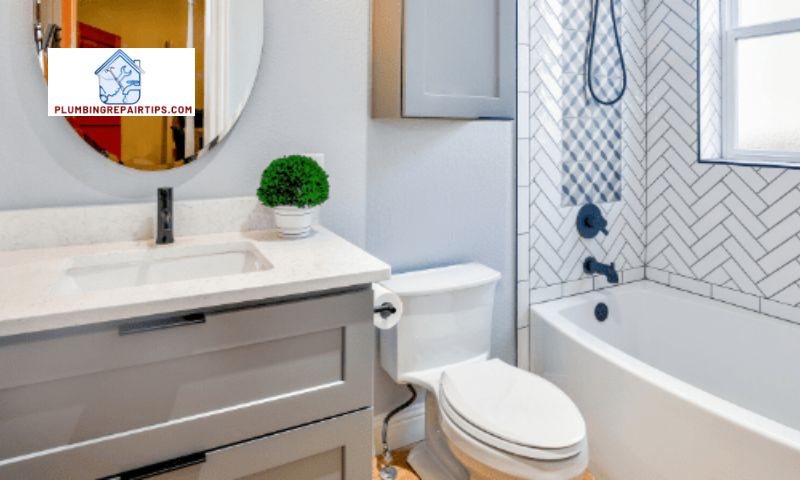
When faced with a toilet overflow, it’s crucial to act swiftly to minimize damage and restore the normal functioning of your toilet. Here are the essential steps to take for an immediate response:
A. Shutting off the Water Supply
The first course of action when dealing with a toilet overflow is to stop the water flow. Locate the shut-off valve behind the toilet or near the water supply line connecting to the tank. Turning this valve clockwise will shut off the water supply, preventing further overflow. If you can’t find the shut-off valve, locate the main water supply valve for your entire home and turn it off.
B. Clearing the Blockage or Clog
Once the water supply is cut off, it’s time to address the root cause of the overflow – the blockage or clog. Put on a pair of gloves and use a plunger to try and dislodge the obstruction. Place the plunger over the drain hole, ensuring a tight seal, and vigorously plunge up and down. If the plunger doesn’t work, you can try using a toilet auger or snake to remove the blockage.
C. Cleaning up the Overflowed Water
After successfully stopping the overflow and clearing the blockage, it’s important to clean up the mess promptly. Use towels or mops to soak up the excess water from the floor and surrounding areas. Wipe down any surfaces that came into contact with the overflowed water, disinfecting them to prevent the growth of bacteria or mold.
D. Identifying and Addressing any Underlying Issues
Once the immediate response is complete, it’s crucial to investigate and address any underlying issues that may have caused the toilet overflow. Check for any leaks or cracks in the toilet tank or bowl. Examine the flushing mechanism, fill valve, and flush valve for any signs of malfunction. If you’re unable to identify or fix the problem yourself, it might be time to seek professional help.
By following these steps for immediate response, you can effectively manage a toilet overflow situation and prevent further damage. In the next section, we’ll discuss the essential tools and techniques you can utilize for toilet overflow repair.
Section IV: Essential Tools and Techniques for Toilet Overflow Repair
When faced with a toilet overflow, having the right tools and techniques at your disposal can make all the difference in resolving the issue effectively. Let’s explore the essential tools and techniques that can help you handle toilet overflows like a pro.
A. Plunger and Auger Usage for Clearing Clogs
The trusty plunger is a go-to tool for tackling toilet clogs. Its simple design and suction power can often dislodge minor blockages and restore the flow of water. To use a plunger effectively, place it over the drain hole, ensuring a tight seal, and push down firmly, then pull up with force. Repeat this motion several times until the water starts draining properly. For stubborn clogs, an auger, also known as a plumbing snake, can be employed. Insert the auger into the drain and rotate it to break up the blockage.
B. Snake or Drain Cleaning Chemicals for Stubborn Blockages
For more stubborn blockages that resist plunging, a plumbing snake or drain cleaning chemicals can be your secret weapon. A plumbing snake, with its long flexible cable, can reach deeper into the drain to dislodge or break up the clog. Gently insert the snake into the drain and rotate it while applying steady pressure to maneuver it through the pipes. Alternatively, drain-cleaning chemicals can be used to dissolve the clog. Follow the instructions on the product carefully and ensure proper ventilation while using these chemicals.
C. Importance of Proper Technique to Prevent Damages
While utilizing the right tools is important, employing the proper technique is equally crucial to avoid causing further damage during toilet overflow repair. When using a plunger or auger, remember to apply steady pressure without using excessive force, as it can potentially damage the porcelain or pipes. Be patient and persistent, allowing the tool to do its job. Additionally, when using drain cleaning chemicals, be cautious and follow the instructions diligently to prevent any harm to yourself or the plumbing system.
By utilizing these essential tools and techniques, you can effectively clear toilet clogs and restore the proper functioning of your toilet. However, it’s important to remember that prevention is always better than cure. In the next section, we’ll explore preventive measures to avoid toilet overflows altogether, saving you from the hassle of repairs. Stay tuned for Section V!
Keep reading to discover preventive measures to avoid toilet overflows in Section V.
Section V: Preventive Measures for Avoiding Toilet Overflows
Toilet overflows can be a major inconvenience, but with the right preventive measures, we can significantly reduce the chances of encountering this unpleasant situation. Let’s explore some key steps you can take to keep your toilets flowing smoothly.
A. Regular Inspection and Maintenance Tips
Regular inspections are crucial to catch any potential issues before they escalate into toilet overflows. Here are some maintenance tips to keep in mind:
- Check for Leaks: Regularly inspect the toilet tank, bowl, and connections for any signs of leaks. Small leaks can eventually lead to bigger problems, so it’s important to address them promptly.
- Test the Flushing Mechanism: Ensure that the flushing mechanism is working properly. If you notice any sluggishness or irregularities in the flushing process, it may be a sign of an underlying issue that needs attention.
- Inspect the Fill Valve: The fill valve controls the water level in the tank. Make sure it is functioning correctly and not causing water to continuously run.
B. Proper Flushing Habits and Waste Disposal
Proper flushing habits can go a long way in preventing toilet overflows. Here’s what you can do:
- Flush Only Toilet-Friendly Items: Remember, toilets are designed to handle human waste and toilet paper. Avoid flushing items like wipes, feminine hygiene products, or paper towels, as they can easily cause clogs.
- Flush Twice if Necessary: If you’ve used an excessive amount of toilet paper or have a low-flush toilet, consider flushing twice to ensure everything is properly cleared.
- Educate Household Members: Teach everyone in your household about the importance of proper flushing habits. Encourage them to be mindful of what they flush down the toilet to prevent unnecessary clogs and overflows.
C. Importance of Keeping Drains Clean and Clear
Blocked drains can contribute to toilet overflows. Here’s how you can maintain clean and clear drains:
- Avoid Pouring Grease or Oil Down the Drain: Grease and oil can solidify inside the drain pipes, leading to clogs. Dispose of them in a separate container instead.
- Use Drain Screens: Install drain screens or filters to catch hair, soap residue, and other debris before they enter the drain pipes. Regularly clean these screens to maintain their effectiveness.
- Regular Drain Cleaning: Periodically use drain cleaners or natural alternatives to prevent the build-up of residue and keep your drains flowing smoothly.
By following these preventive measures, you can significantly reduce the risk of toilet overflows and keep your bathroom experience stress-free. In the next section, we’ll discuss when it’s time to seek professional help for complex toilet overflow repairs.
Section VI: Professional Help for Complex Toilet Overflow Repairs
When it comes to complex toilet overflow repairs, sometimes it’s best to call in the professionals. While many minor issues can be resolved with DIY methods, certain situations require the expertise and knowledge of a skilled plumber. In this final section, we’ll explore the benefits of seeking professional help and provide tips on finding a reliable and experienced plumber.
When to Seek Professional Assistance
Not all toilet overflow issues can be easily resolved on our own. If you’ve tried basic troubleshooting methods, such as using a plunger or auger, but the problem persists, it’s time to consider bringing in a professional. Additionally, if you’re dealing with recurrent toilet overflows or suspect a more complex underlying issue, seeking professional assistance is highly recommended. Remember, it’s better to address the problem early on rather than allow it to escalate into a more significant and costlier issue.
Benefits of Hiring a Professional Plumber
Professional plumbers possess the expertise, experience, and specialized tools necessary to tackle even the most challenging toilet overflow repairs. They can accurately diagnose the root cause of the problem, provide effective solutions, and ensure that the issue is resolved efficiently. By hiring a professional, you can have peace of mind knowing that the repair work is being done correctly, reducing the risk of further damage and future toilet overflow incidents.
Finding a Reliable and Experienced Plumber
When it comes to finding a plumber for your toilet overflow repair needs, it’s important to do your due diligence. Start by seeking recommendations from friends, family, or neighbors who have had positive experiences with plumbers in your area. Additionally, research online reviews and ratings to gauge the reputation and reliability of potential plumbers. Don’t hesitate to ask for references and certifications to ensure that you’re hiring a qualified professional.
In conclusion, while many toilet overflow issues can be resolved through DIY methods, there are instances where professional help is necessary. By recognizing when to seek assistance, understanding the benefits of hiring a professional plumber, and finding a reliable and experienced individual, you can ensure that your toilet overflow repairs are handled with utmost expertise and care.
And with that, we’ve reached the end of our comprehensive guide to toilet overflow repair and maintenance. Armed with the knowledge from this article, you’re now equipped to prevent, respond to, and resolve toilet overflow issues effectively. Remember, regular maintenance and timely repairs are the keys to maintaining a smooth-flowing bathroom experience. So, go forth and keep your toilets in tip-top shape!
